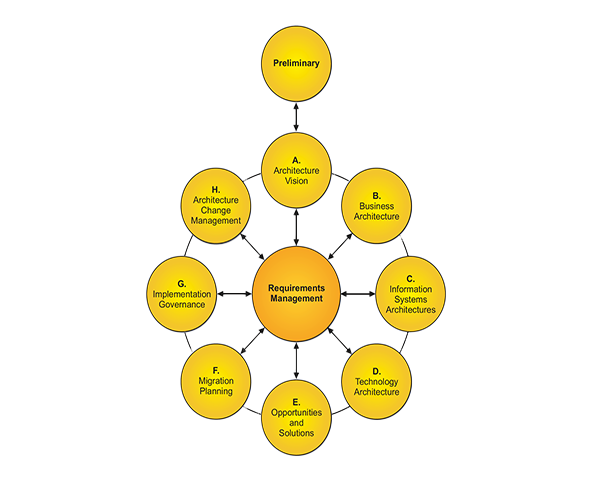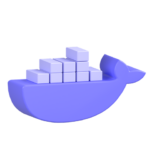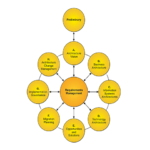The Architecture Development Method (ADM)
In the realm of enterprise architecture, one framework stands out for its comprehensive and structured approach: The Open Group Architecture Framework (TOGAF). At the core of TOGAF lies what I like to refer to as the heart of the standard,the Architecture Development Method, or ADM. Today, we’ll dive into this essential component that serves as the backbone for developing robust architectures and understand why mastering it is key to successful enterprise strategy.
What is the Architecture Development Method?
The ADM is the process that outlines how an enterprise architecture is defined and evolved. It acts as a guiding compass for architects, helping them navigate the complexities of designing an architecture that aligns with business goals. Understanding the ADM is crucial as it provides a systematic approach to gathering information, defining architectures, developing migration plans, and supporting implementation and change management.
The Phases of ADM
The ADM comprises 10 key phases, each playing a unique role in the architecture development cycle:
- Preliminary Phase: This initial phase is crucial for setting the groundwork for all subsequent steps. It prepares you for the entire ADM process. While it’s typically completed at the outset of a project, you can revisit it in future iterations, adapting your approach as necessary.
- Phases A through H: These eight phases represent the core of the architecture development cycle. They are interrelated and designed to guide you through specific objectives, inputs, steps, and expected outputs as you develop your architecture.
At the center of this cycle is Requirements Management, an ongoing phase that revolves around ensuring that every aspect of the architecture meets the evolving needs of the enterprise. This management is critical as it allows for flexibility and adjustments throughout the ADM process.
The Structure of Each Phase
Each phase in the ADM has distinct objectives and clearly defined inputs and outputs:
- Objectives:What you aim to achieve in that particular phase.
- Inputs: The necessary documents, data, and information you need to begin.
- Steps: The actions you need to take to navigate through the phase.
- Outputs:The specific results or artifacts produced, which will inform the next steps in the process.
It’s important to note that while you don’t need to memorize every detail of each phase, a solid understanding of the general flow and key elements will help you navigate the ADM efficiently.
Overcoming Initial Challenges
The first time you engage with the ADM, it might feel daunting. As with any new methodology, there will be a learning curve. You may find yourself gathering documents, conducting interviews, or sifting through existing materials, all while developing your architectural definition. The architecture repository, the system where all your architecture documents are stored, is likely to start off quite empty, emphasizing the need for thoroughness in your initial efforts.
During this journey, your organization’s architecture capability might feel low, and this can add to the challenge. It’s essential to view this process as a growth opportunity. Each iteration will become smoother as you accumulate knowledge and resources. By the time you perform your second cycle through the ADM, you will have a richer repository, allowing you to build on previous work rather than starting from scratch.
The Path Forward
As we continue this exploration of the ADM, we’ll delve deeper into each phase, providing insights and best practices. The knowledge gained will empower you to streamline your architecture development process, ensuring that each cycle contributes positively to your organization’s overarching strategy.
In summary, the Architecture Development Method is not just a series of steps but represents an essential mindset for crafting an architecture that truly aligns with and supports the objectives of your enterprise. Embrace the journey, and remember that like any skill, proficiency with ADM comes with practice and experience. Thank you for joining me on this exploration, and I look forward to our next discussions!




Pingback: Architecture Principles – Toks Lawal